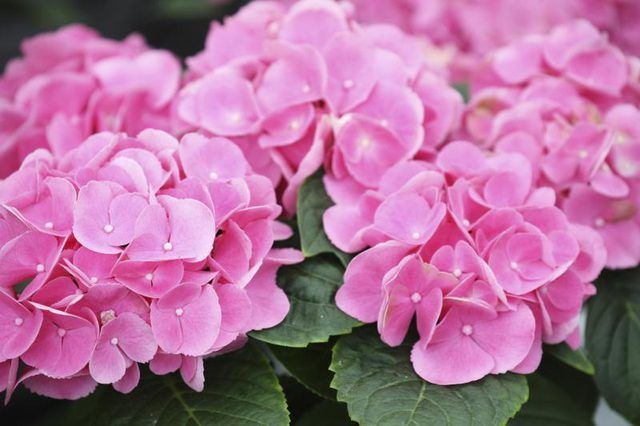Bulbs
Flower Basics
Flower Beds & Specialty Gardens
Flower Garden
Garden Furniture
Garden Gnomes
Garden Seeds
Garden Sheds
Garden Statues
Garden Tools & Supplies
Gardening Basics
Green & Organic
Groundcovers & Vines
Growing Annuals
Growing Basil
Growing Beans
Growing Berries
Growing Blueberries
Growing Cactus
Growing Corn
Growing Cotton
Growing Edibles
Growing Flowers
Growing Garlic
Growing Grapes
Growing Grass
Growing Herbs
Growing Jasmine
Growing Mint
Growing Mushrooms
Orchids
Growing Peanuts
Growing Perennials
Growing Plants
Growing Rosemary
Growing Roses
Growing Strawberries
Growing Sunflowers
Growing Thyme
Growing Tomatoes
Growing Tulips
Growing Vegetables
Herb Basics
Herb Garden
Indoor Growing
Landscaping Basics
Landscaping Patios
Landscaping Plants
Landscaping Shrubs
Landscaping Trees
Landscaping Walks & Pathways
Lawn Basics
Lawn Maintenance
Lawn Mowers
Lawn Ornaments
Lawn Planting
Lawn Tools
Outdoor Growing
Overall Landscape Planning
Pests, Weeds & Problems
Plant Basics
Rock Garden
Rose Garden
Shrubs
Soil
Specialty Gardens
Trees
Vegetable Garden
Yard Maintenance
How to Treat Soil to Make Hydrangeas Pink
How to Treat Soil to Make Hydrangeas Pink. Hydrangeas are showy flowers that add a burst of color to your yard, typically displaying huge clusters of blooms in pink or blue. Soil conditions affect the bloom color for some of the most common types of hydrangeas. Alkaline soil and soil lacking in available aluminum will result in pink flowers. If you...

Hydrangeas are showy flowers that add a burst of color to your yard, typically displaying huge clusters of blooms in pink or blue. Soil conditions affect the bloom color for some of the most common types of hydrangeas. Alkaline soil and soil lacking in available aluminum will result in pink flowers. If you want to ensure pink blooms, treat the soil to raise the pH, thus reducing the amount of aluminum the hydrangeas can absorb.
Choosing the Right Hydrangeas
According to experts at the University of Alabama Extension Service, two types of familiar hydrangeas can be made to turn pink by altering the growing conditions. The first of these, Hydrangea macrophylla, goes by several common names, including French hydrangea, snowball hydrangea, hortensia, garden hydrangea and common hydrangea. It's hardy in US Department of Agriculture zones 6 though 9, though that can vary by cultivar. The second type that will change bloom color based on changes in growing conditions is the serrated hydrangea, Hydrangea macrophylla serrata, hardy in USDA zones 5 to 7. If you donít have one of these two types, treating the soil wonít alter the bloom color no matter what you do, including white blooms that fade to pink over time.
How Soil Conditions Affect Color
The pH of the soil is directly related to how well or how poorly the hydrangea is able to absorb aluminum. Soils that are acidic have a low pH, and in acidic soils aluminum is easily absorbed by the plants, creating blue blossoms. Soils that are more alkaline will have a higher pH level, which decreases how well they can absorb aluminum. This creates plants with pink flowers. Making changes to the pH of the soil around the hydrangea is the best way for you to alter the color of the blooms.
Long-Term Changes to the Soil
The most reliable way to change the color of spring hydrangea blooms from blue or purple to pink is to add lime to the soil the preceding fall, according to Keith Hansen, Smith County Extension horticulturist for Texas A&M University. The lime will make the soil more alkaline, resulting in pink blooms the following year, and the effect will last a long time. For every 10 square feet of soil surface to be treated, spread 1 cup of dolomitic lime and then water it well. Test the pH of the soil as you go, and continue to repeat the lime treatment until the pH is about 6.5. Stop there because a higher pH will not enhance the color further.
Quick Color Change
If youíre in a hurry and donít want to make a long-term change to the soil, itís possible to raise the pH temporarily with a drench. Use hydrated lime and mix 1 tablespoon into a gallon of water. Pour it on the soil around the plant once a month for three months. Drench either February through April for warmer climates such as Florida, or March through May for cooler areas. The drench will temporarily raise the pH and give you pink blooms. Donít get the drench on the plant or your skin, as it may burn. Wearing gloves can help to protect your skin.